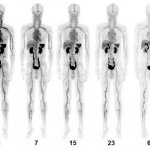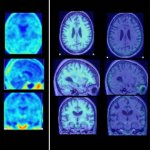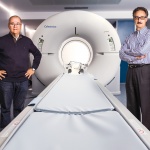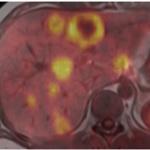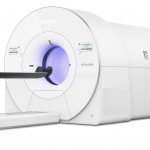
Article • Kickstarted imaging
First total body PET/CT scanner cleared for clinical use
The first total-body positron emission tomography/computed tomography (PET/CT) that can acquire a 3D image of the human body in a single position received 510(k) clearance from the U.S. Food and Drug Administration (FDA) in January 2019. Its forthcoming commercial availability for clinical use in the United States later this year is the milestone achievement of a multi-institutional consortium…



